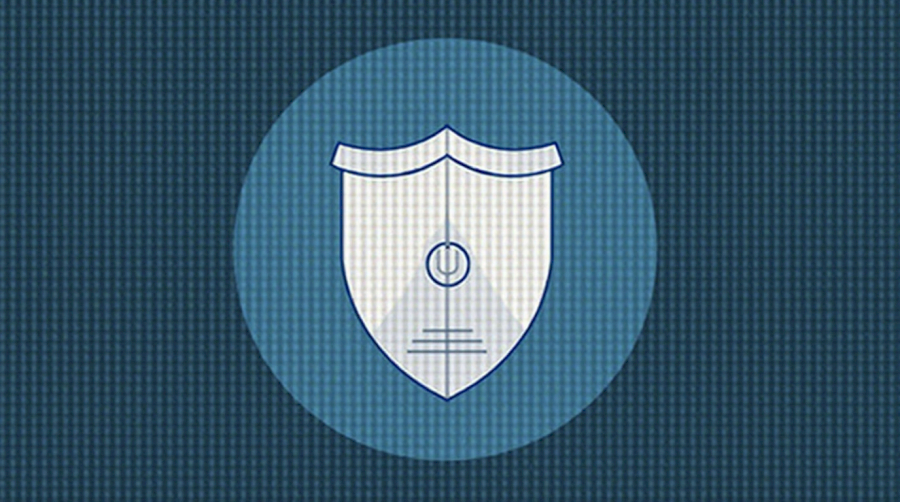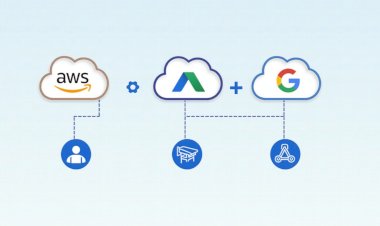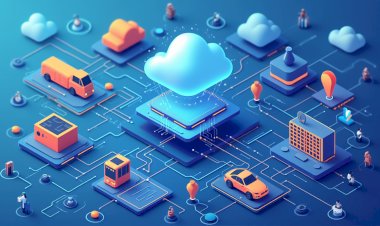Cybersecurity for Developers: Tools and Frameworks
23 May 2025
In 2025, cybersecurity is no longer just the responsibility of IT teams—it's a shared priority for developers at every stage of the software lifecycle. Writing secure code, integrating threat detection, and following secure design patterns are now essential skills. This article explores the most effective cybersecurity tools and frameworks that developers can use to protect applications, APIs, and infrastructure from growing threats.
1. Static Application Security Testing (SAST)
SAST tools analyze your source code or binaries without executing them. They help identify vulnerabilities early in the development process—before deployment.
Popular SAST tools:
- SonarQube: Detects bugs, security vulnerabilities, and code smells in 25+ languages
- Checkmarx: Enterprise-grade code analysis with IDE integration
- Semgrep: Lightweight, fast, and customizable static analysis
Integrate these tools into your CI/CD pipelines to enforce security checks before every merge.
2. OWASP Top 10 & ASVS
The OWASP Top 10 is a globally recognized list of the most common and impactful web security risks. Developers should be familiar with each item, including Injection, Broken Authentication, and Security Misconfiguration.
The OWASP Application Security Verification Standard (ASVS) is a more detailed framework that provides security requirements for different levels of applications.
Why use them?
- Acts as a checklist during secure code reviews
- Guides secure architecture and design decisions
- Enables consistent security standards across teams
3. Dependency Scanning & Supply Chain Security
Modern applications rely on open-source packages—making supply chain security a critical concern.
Tools to scan dependencies:
- OWASP Dependency-Check: Finds known vulnerabilities in project dependencies
- Snyk: Developer-friendly vulnerability scanner with automated fixes
- GitHub Advanced Security: Built-in dependency alerts and secret scanning
Always keep third-party libraries updated and avoid unnecessary dependencies.
4. Container & Infrastructure Security
For cloud-native development, securing your infrastructure is just as important as securing your code.
Recommended tools:
- Trivy: Scans Docker images, Kubernetes, and IaC configs for vulnerabilities
- Aqua Security: End-to-end container security platform
- Terraform Sentinel: Policy-as-code for infrastructure security
Adopt the principle of "shift-left security" by scanning images and IaC templates during development, not just in production.
5. Authentication & API Security
APIs are a prime target for attackers. Developers must implement secure authentication and rate-limiting strategies.
Best practices and tools:
- Use OAuth 2.0 and OpenID Connect for token-based authentication
- Validate all input and use strict content-type headers
- Use API gateways like Kong, Apigee, or Amazon API Gateway for centralized control
6. Secure DevOps & CI/CD Pipelines
DevSecOps means embedding security at every stage of software delivery. Automate checks, scans, and tests to prevent vulnerabilities from reaching production.
Key DevSecOps tools:
- GitLab CI with Security Scanners
- Jenkins + OWASP ZAP
- Azure DevOps + Defender for Cloud
Conclusion
In 2025, secure software development is no longer optional—it's the baseline. By leveraging modern tools like SAST scanners, OWASP frameworks, and DevSecOps practices, developers can build safer applications from the ground up. The earlier you catch a vulnerability, the cheaper and easier it is to fix. Make security a first-class citizen in your codebase.


